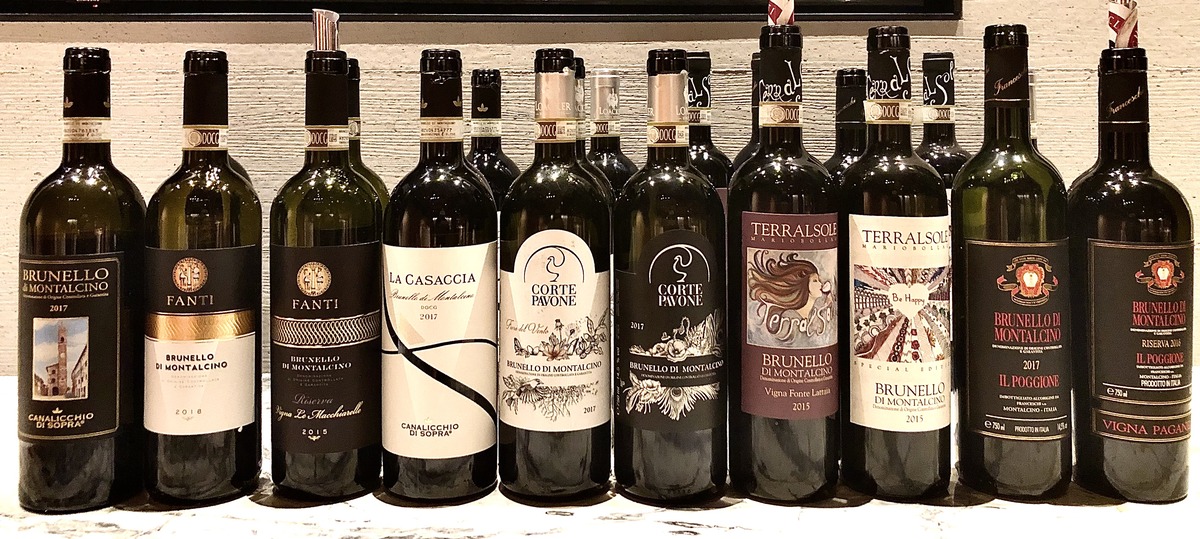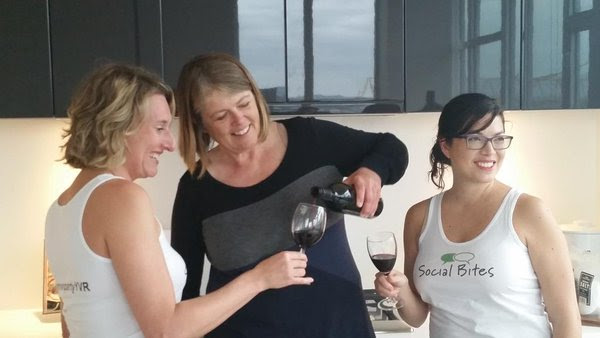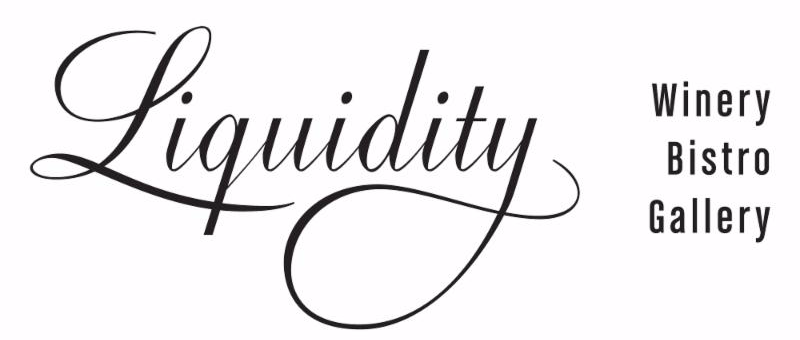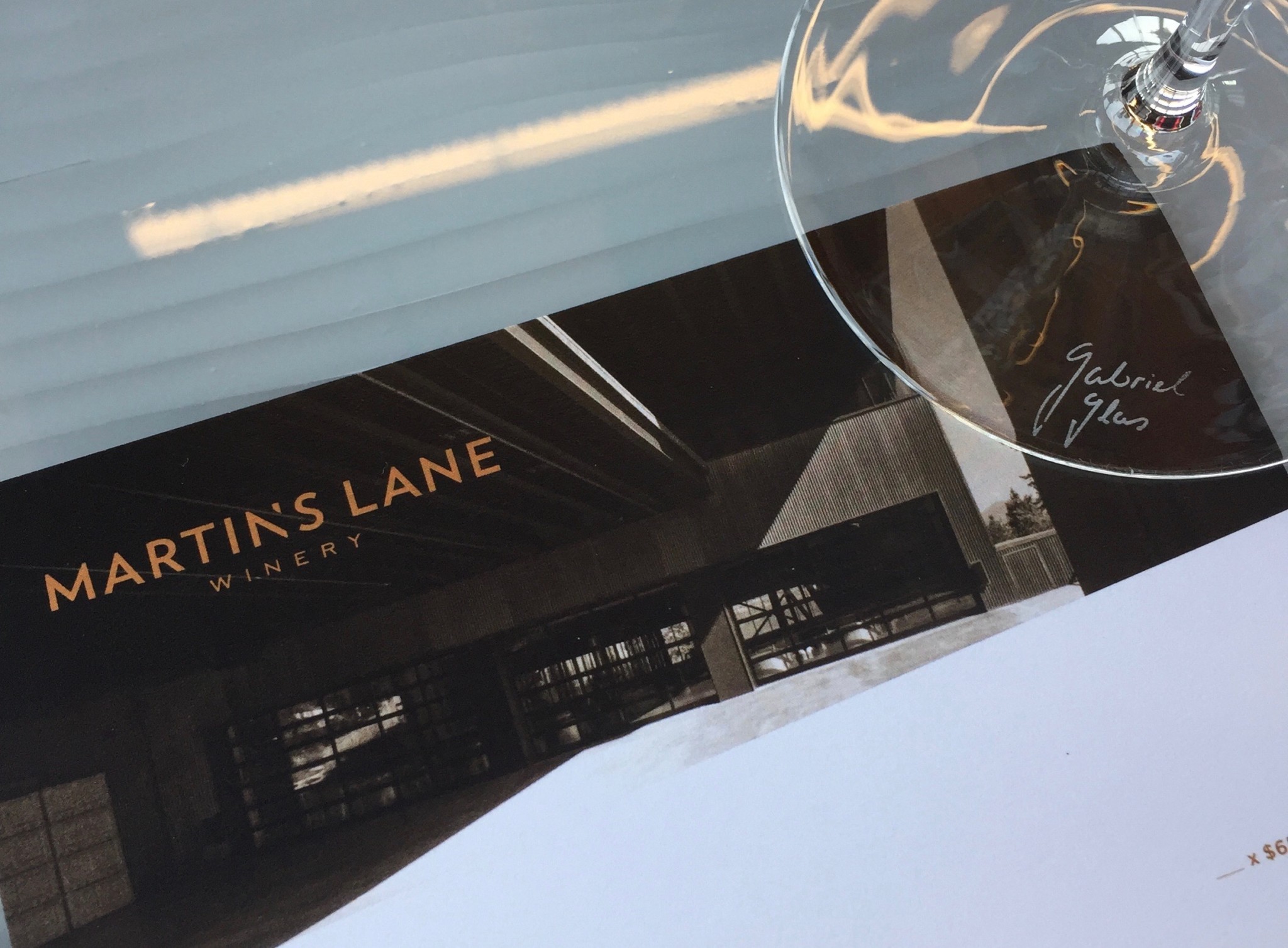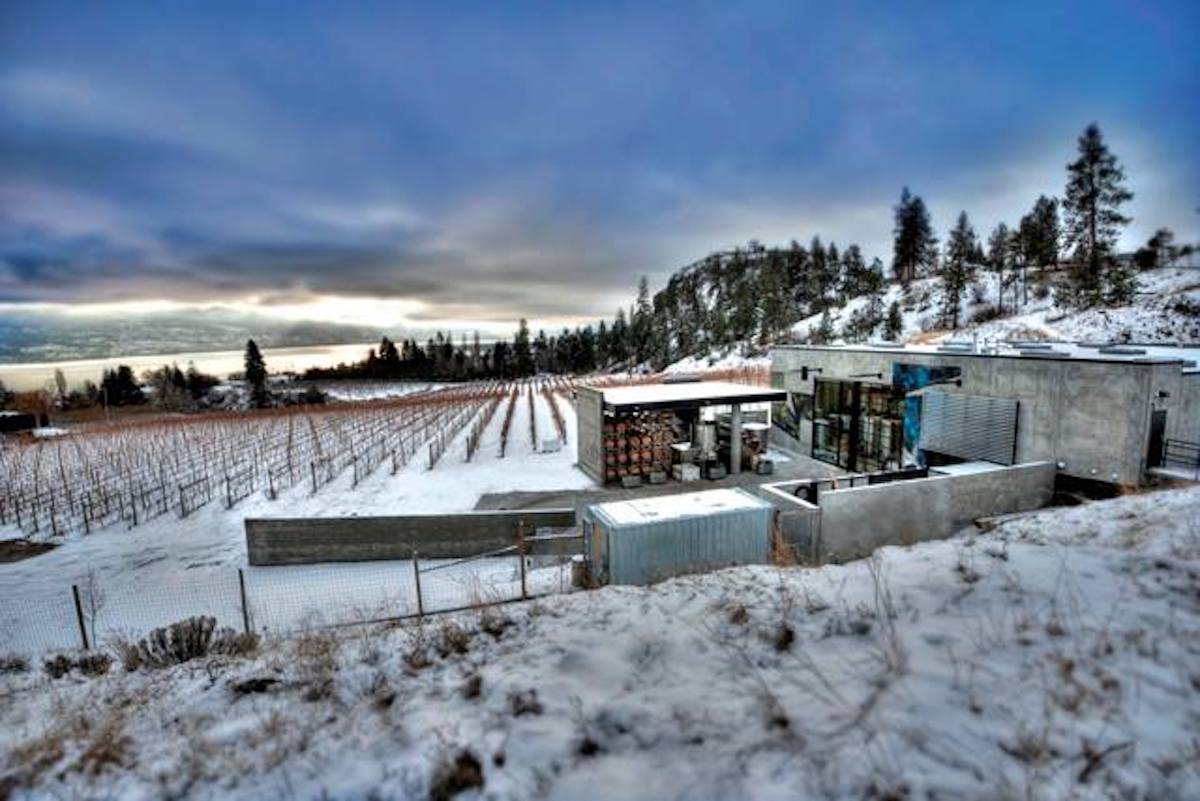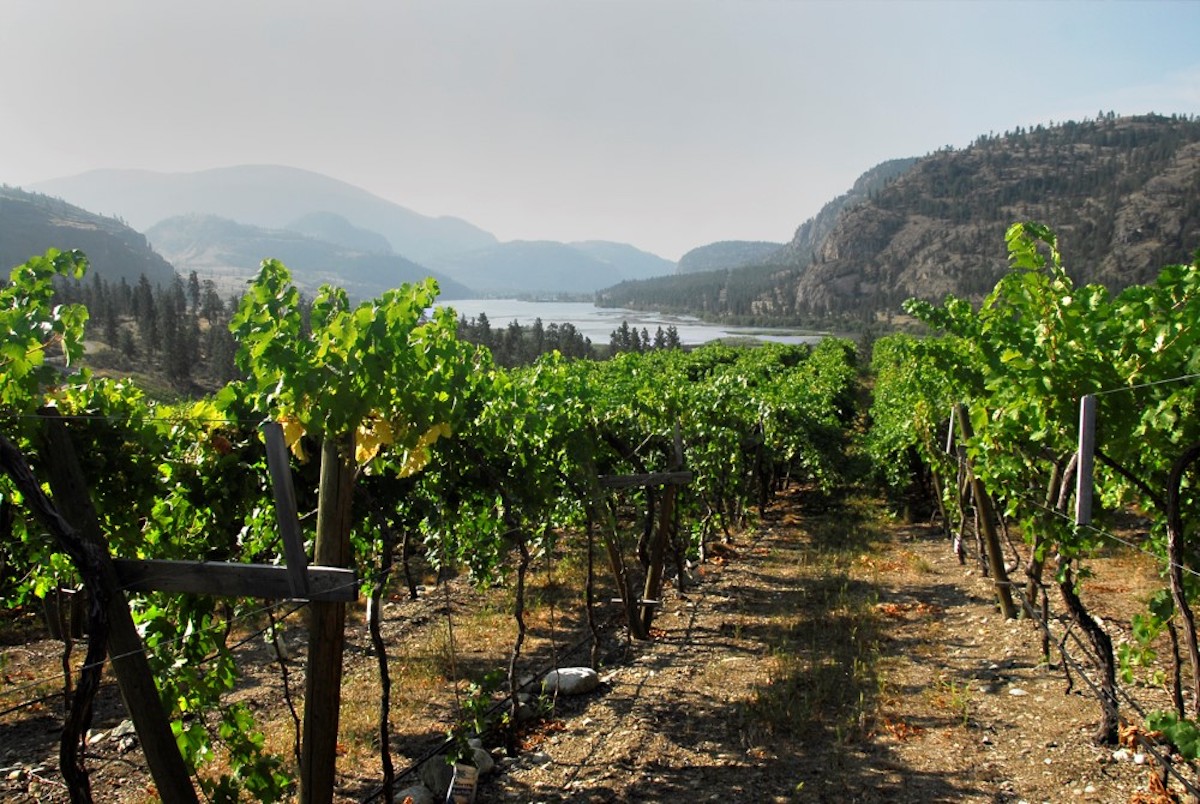What I enjoy most about wine is not simply what is in the glass, but the story behind it, the people who made it, the land it came from…the whole big picture. Wine, arguably more than any beverage, sparks discussion and debate of historical, political, geographical, and philosophical concepts. No better place was this apparent than in the private dining room of Elisa Restaurant during the Top Drop seminar on Brunello Cru.
Brunello de Montalcino is produced in a very specific region of Italy, around the town of Montalcino in the province of Siena. In order to be called a Brunello di Montalcino, the grapes must come from vineyards only on land the owner holds a certificate for. Other varietals can be grown on any land held in excess to that governed by the certificate. Typicity is important for Brunello – it will remain Brunello because of the significant efforts made to protect the designation. All 258 members of the Consortium must agree before any potential change can be taken under consideration. Even if the members agree, that decision must undergo another political process and become law, resulting in this DOCG subject to some of the most significant production rules in Italy. The most pressing issue the Consortium wishes they had flexibility over was bottle closure. The DOCG law dictates that it must be natural cork, a problem for both the bottom line due to cork taint and for the environment due to the declining cork resources.
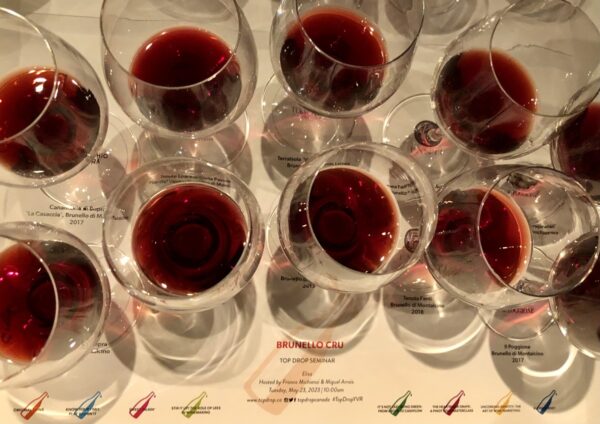
The seminar was hosted by Franco Michienzi, Wine Director for Elisa, and Miguel Arrais, GM for Anh and Chi. Five wineries were represented, and each of them poured their “traditional or vintage” Brunello di Montalcino alongside one of their single cru Brunello. The comparison was geared to be between the two from each producer, but it was also interesting to compare the five traditional Brunello to each other. Each house had a distinctive style that was present in both their traditional and cru label, but the variance between them individually was surprising within one highly regulated, single-varietal region.
Wines tasted included:
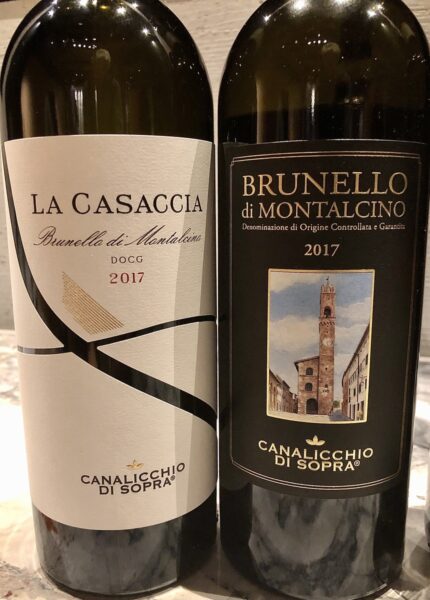
Canalicchio has been around since the 1960s, releasing its first vintage Brunello in 1966. Traditional Brunello remains their flagship, their first cru Brunello produced only in 2015 (they now produce two). Their cru comes from a single vineyard, not always their best one, but one capable of producing a wine that is recognizable and unique. They have two major plots of land, each with a different soil structure. The clay-dominant soil produces lower pH wines, which have softer tannins and are more opulent in style. The rocky soil produces wine with a higher pH, leaner, and mineral-driven. The cru tasted came from the more clay-based soil, and had a more full red berry flavour when compared to the very balanced traditional Brunello.
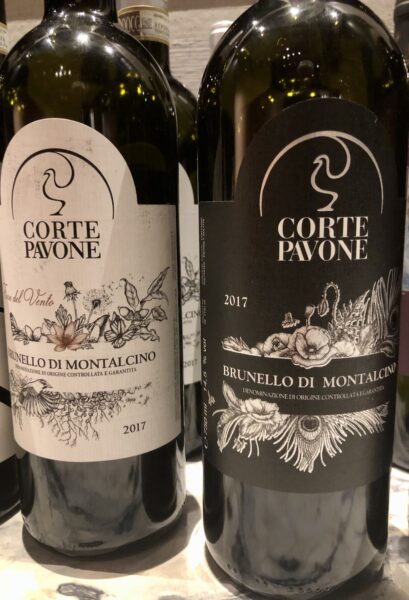
Tenute Loacker has multiple vineyards in different regions of Italy and was the first to be considered organic and biodynamic in Italy in 1979 (their Alto Adige property). Back then, no one was interested, but now almost 25% of the world’s wine is farmed organically, including the majority of the Montalcino region. This philosophy was important to the founder of Loacker as he started out making cookies, but underwent a total life change after becoming ill, including moving to wine production instead of baked goods. His son had worked in Burgundy, a region divided up by different expressions of the vine, and upon his return decided that the same could be true in Montalcino. Infrared cameras mounted on a tractor are used to measure the vigour of the vines and allow precision viticulture. Tenute Loacker Corte Pavone currently produces five crus but is aiming for seven. In tasting, the traditional Brunello expressed higher tannin than the cru which had higher notes on the nose and more obvious fruit on the palate.

Terralsole owner Mario Bolla started the vineyard in 1996 but had owned another nearby property prior. He emphasized that his job was all about vineyard management – to let the land and grapes speak for themselves. He also believes there is a necessary balance between tradition and innovation. He noted that he sees the effects of climate change dramatically, with the average harvest in the 1990s occurring in mid-October compared to mid-September in more recent years. The Brunello comes from lower elevation vineyards with more clay, resulting in warm, intense, and structured wines. The wines tasted were the oldest of the tasting, thanks in part to the fact he can hold his wines back in his large underground cellar on the property. He occasionally even does a second release of exceptional vintages. The traditional was smooth, balanced, and fatter, while the cru had spice on the nose with a brighter, longer, and more tannic palate.
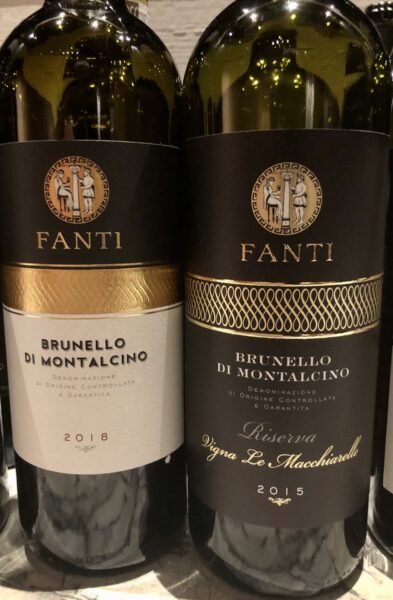
Tenuta Fanti has been growing grapes and olives for 200 years, making their first Brunello in 1980, and is currently run by a father/daughter team who have managed to integrate their traditional versus modern philosophies since 2010. The goal of their traditional Brunello is balanced, elegant, juicy, and approachable, produced from grapes grown in all of their vineyards. The cru comes only from higher, south exposure only vineyards, resulting in a concentrated, more mineral acidity, almost liquorice expression in the glass
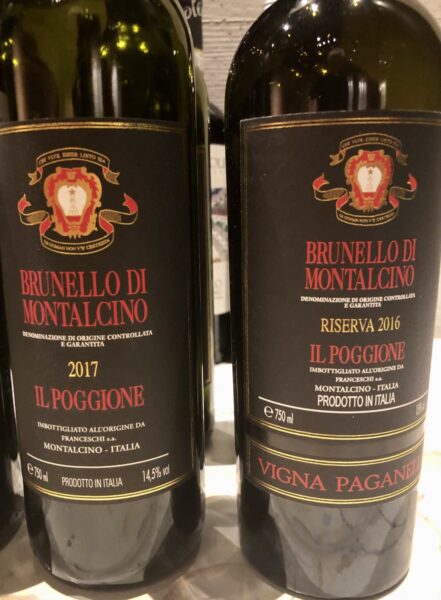
Il Poggione has been owned by the Francesci family for 130 years. The property is a total 600 hectares, 140 of the land under vine, while the remainder is home to forest, grains, livestock, and olive trees. They have their own unique clone of Sangiovese as well as one of the oldest cru, planted back in 1964. They are working toward official organic certification, unique in transforming the byproducts of the olive oil they produce to fertilizer (using the same bacteria to clean it as they do in ocean oil spills). Sustainability efforts also include fully employing their own staff (currently 75 total). Their wines are generally high in tannin and colour due to a constantly submerged cap during fermentation. In the lineup of all Brunello tasted, both the traditional and the cru demonstrated the most overall powerful flavour and tannin. Made for aging, their wines take eight years before even starting to open up, followed by a slow curve up.
Thank you to TopDrop for organizing this in-depth discussion and tasting of Brunello. Additional labels from the same producers, as well as many more examples of Brunello, were available to all attendees of TopDrop during both the day and evening tasting events.

